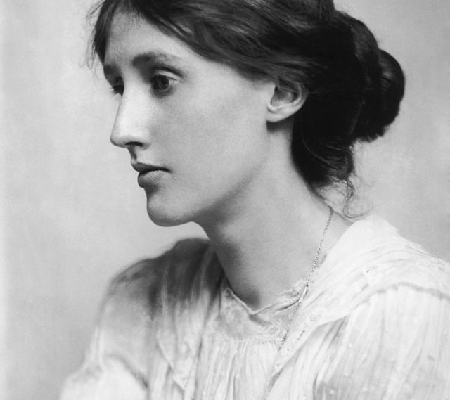If Virginia had lived

One of the world’s all-time great writers stuffed rocks into her overcoat pockets and walked into the River Ouse, never to be seen alive again, on March 28, 1941. An all-consuming depression had at last taken her life. She was a master of her craft, and it’s little wonder those who know the sad ending often ask: What if she had more time? It’s a fair question since Virginia left behind a unique body of work.
Diaries, magnificent essays, little-known children’s books to, “the longest and most charming love letter in Literature”. She also left behind dozens of heartbroken friends and others who similarly speculated: “What if she had turned around in the water and walked back into her house looking onto that deadly river?” Had she managed to break free from the various coils of acute depression the world may have been privy to more of her literary brilliance.
Her experimental narratives transformed modern literature, wrenching psychological depth and groundbreaking feminist ideas. Had she continued to write, her future works would perhaps have further developed the themes she had spent decades exploring — consciousness, time, gender and women’s inner lives.
One of Woolf’s most defining contributions was her innovation of narrative form. The Waves (1931) was her most radical experimental work in stream-of-consciousness narrative, and Between the Acts (published posthumously in 1941) hinted at further formal exploration, merging prose, poetry, and historical meditation. Considering her unyielding imperative to expand the limits of art, she might have stretched even further into literary modernism, propelling herself toward the disjunctions and discontinuities that Samuel Beckett and other postmodernists would later explore.
Her essays, which still stand among the best literary criticism works, not to mention feminism, could and likely would have further directed thought on the subject. A Room of One’s Own (1929) and Three Guineas (1938) laid the groundwork for modern feminist theory. With the political and social changes that followed World War II, Woolf’s voice could have influenced the burgeoning feminist conversation of the 1950s and ’60s. Would she have written more about women’s independence in a changing world? How would she have replied to Simone de Beauvoir’s The Second Sex (1949) with her critiques or refinements? It’s hard to imagine one so keenly intellectually alive and engaged with the world of ideas would have remained mute.
Woolf was also intensely preoccupied with biography, especially in her hybrid blends of fiction and history, like Orlando (1928) and Flush (1933). She was particularly interested in historical women who had been expunged from traditional narratives. She could have pushed biography in surprising directions, maybe toward innovative forms of life writing that would have shaped today’s creative nonfiction movement.
Outside of literature, Woolf was also an integral part of the Bloomsbury Group, a circle of intellectuals, artists, and writers that significantly influenced 20th-century thought. As writers such as John Maynard Keynes, Lytton Strachey and E. M. Forster continued their work, a surviving Woolf might have maintained and transformed the group’s presence and platform in postwar Britain. Would she have become a guiding elder of a new generation of modernist writers? Probably with her history of mentoring young authors.
And finally, there is the story of personal resilience. Woolf had battled depression before her recent breakdown and had previously overcome those episodes to return to writing despite her struggles with mental illness. What if, early on, she had survived the horrors of World War II and made it out on the other side? Had that happened, she might have dug deep and found something new — writing about postwar Britain, the changing place of women, even her sheer survival. As Woolf once wrote, “Arrange whatever pieces come your way.” If she did it one more time, it’s a good bet she would continue collecting brilliance.
Because of her influence and impact on others, Woolf is one of the muses in my forthcoming book, Conversations With Marvellous Muses, from Red Roof Publications and available on Amazon and at andrewsbooks.site. Simone de Beauvoir, as mentioned above, is also a muse in the new book. Watch out for it!c:\users\andrew\desktop\blogs for andrewsbooks.site\03 virginia woolf.docx
